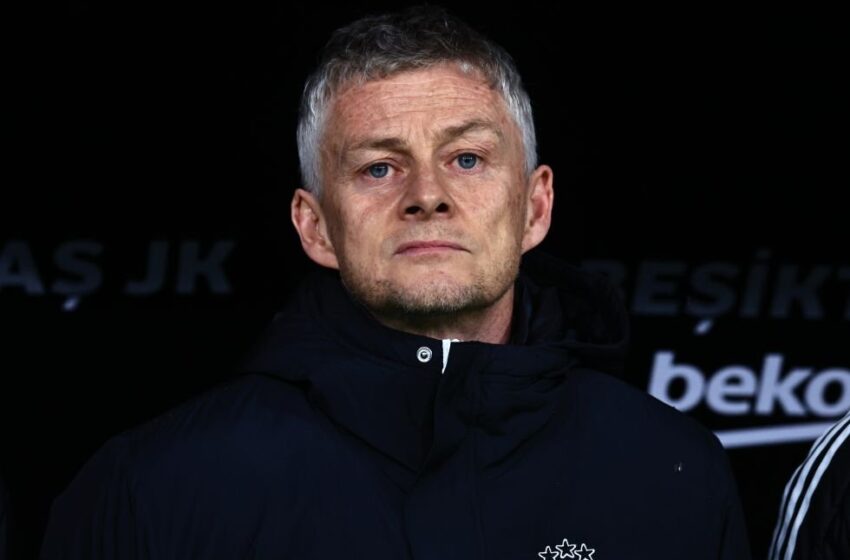Ole Gunnar Solskjær: The man behind Besiktas’ transformation

Besiktas manager, Ole Gunnar Solskjær. Besiktas DE | Fan/X
In January 2025, Ole Gunnar Solskjær embarked on a new chapter in his managerial career by taking the helm at Besiktas, one of Turkey’s most storied football clubs. His appointment came at a time when the team was struggling to reclaim their dominance in the Turkish Super Lig and make a significant impact in European competitions. Since his arrival, Ole has implemented strategic changes that has transformed the squad, leading to a series of impressive performances.
Besiktas’ immediate impact under Ole
Ole’s debut match as Besiktas manager was nothing short of remarkable. Facing Athletic Bilbao in a crucial Europa League fixture, Besiktas secured a commanding 4-1 victory. This result not only bolstered the team’s chances of advancing in the tournament but also showcased Ole’s tactical ability.
One of Ole’s notable tactical adjustments involved the management of key players Rafa Silva and Ciro Immobile. Recognizing their current fitness levels, he made timely substitutions to maintain the team’s intensity and cohesion on the field. This strategic approach not only preserved player health but also ensured sustained performance throughout the match.
READ ALSO
Andoni Iraola: The Man Behind Bournemouth’s Resurgence
Guardiola’s Dilemma: Is it Time to Leave Man City or Football?
Opinion: Would Sheikh Jassim Have Been a Better Manchester United Owner?
Statistics of Ole’s tenure in Besiktas
As of February 2025, Ole’s record with Besiktas reflects a positive transformation. In the Super Lig, he has managed five matches, achieving three wins and two draws, resulting in an impressive win percentage of 60%. Under his guidance, the team has averaged 1.75 goals scored per match while conceding only 0.63 goals, highlighting a balanced approach between offense and defense.
In European competitions, Ole’s impact has been equally significant. The decisive victory against Athletic Bilbao not only improved the team’s standing in the Europa League but also instilled a renewed sense of confidence among the players and supporters.
Ole’s vision for Besiktas
The former Manchester United manager preferred formation, the 4-2-3-1, has been effectively integrated into Besiktas’ playing style. This setup emphasizes a strong defensive midfield pairing, creative attacking midfielders, and a lone striker, allowing for both defensive solidity and offensive versatility. His emphasis on possession-based football, combined with quick transitions in the attacking third, has made Beşiktaş a formidable opponent.
For the future ahead, Ole’s strategic vision includes strengthening the squad through targeted acquisitions and further developing existing talent. His ability to adapt and make informed tactical decisions positions Besiktas as strong contenders for domestic titles and a deep run in European competition this season.
Conclusion
After over four years of staying out of coaching job since his unfortunate sack from Manchester United, Ole Gunnar Solskjær is back to doing what he knows best. His tenure at Besiktas has been marked by clear tactical decisions, effective player management, and a clear strategic vision. His leadership has not only improved the team’s performance metrics but has also reignited the passion of the fan base, setting the stage for a promising future.




